
Cooking surface: There are three types of cooking surfaces your crêpe pan or maker can have: Cast iron, nonstick, or enameled cast iron. The ever-popular cast iron is consistent in terms of performance and temperature and will withstand years of wear and tear. Cast-iron models can withstand higher temperatures than others, but that means they’re also heavier and more difficult to wield.
Enameled cast iron is easily the most expensive of the three options. It’s less conductive and lacks the seasoning from the built-up patina on standard cast iron. It’s also more compatible with acidic foods, a breeze to clean, and better at distributing heat.
If you’re looking for the most lightweight option that’s the perfect balance between ease of use and cleanability, nonstick is the way to go. That being said, nonstick needs to be replaced over time (usually about every five years) and can’t withstand higher temperatures like regular and enameled cast-iron options.
Size: For most home chefs, you won’t need a crêpe pan or maker that’s larger than 10 to 12 inches in diameter, though you can find pans as big as 16 inches. If you plan to make grilled cheese, tortillas, even naan bread on your crêpe pan, 12 inches works great.
Accessories: There are a lot of different accessories these kitchen gadgets can come equipped with, but there’s only one we think is truly worth your time: a spreader. These little tools can come in the form of a flat spatula or rounded pusher (like those smooth rakes you’d find in your high school guidance counselor’s rock garden), and make it super easy to spread your batter and flip and fold your crêpes.


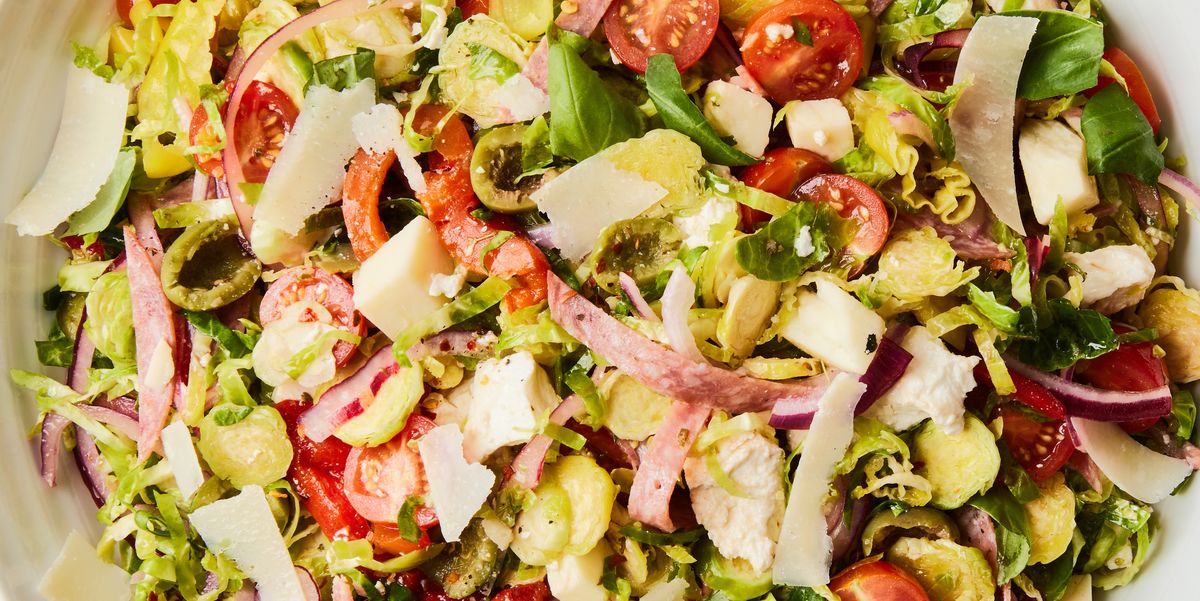
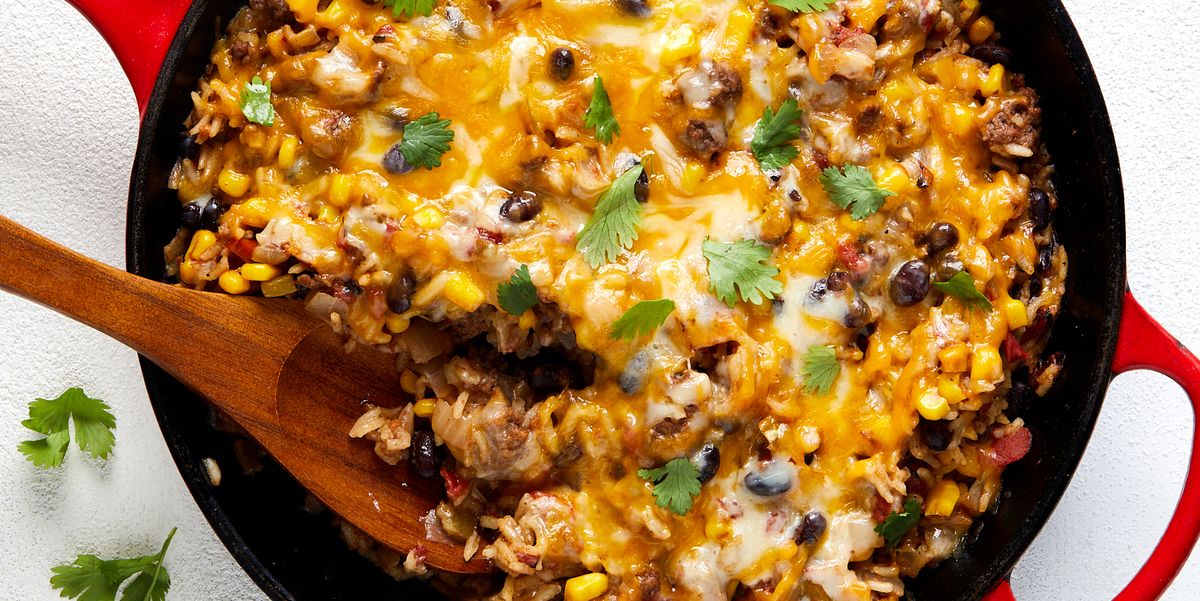
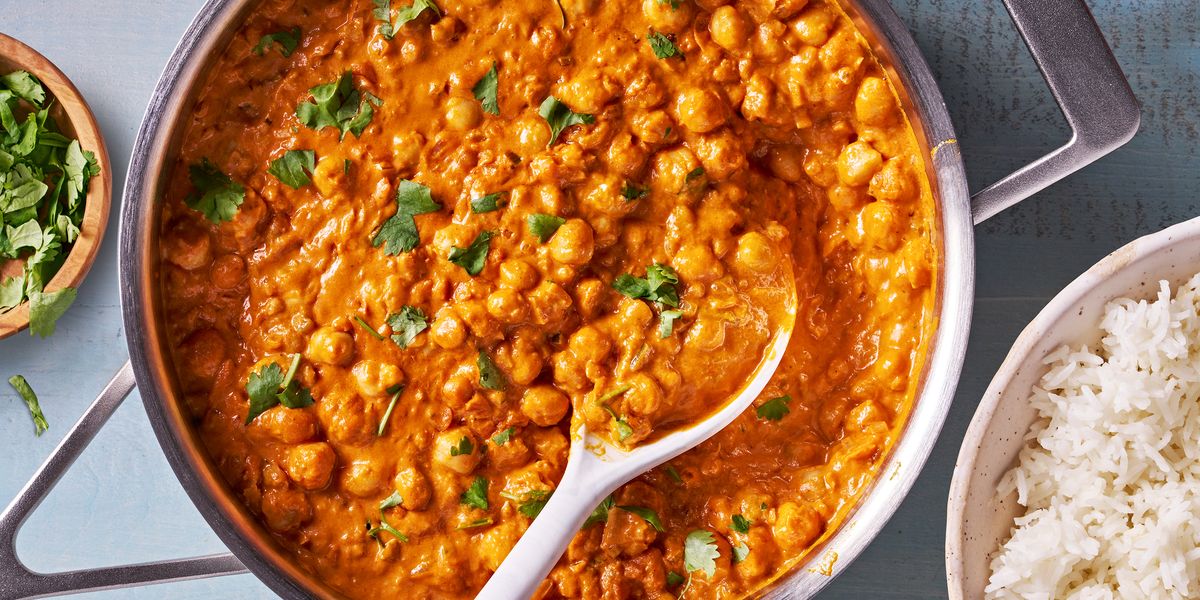
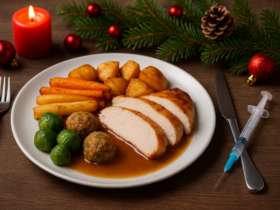






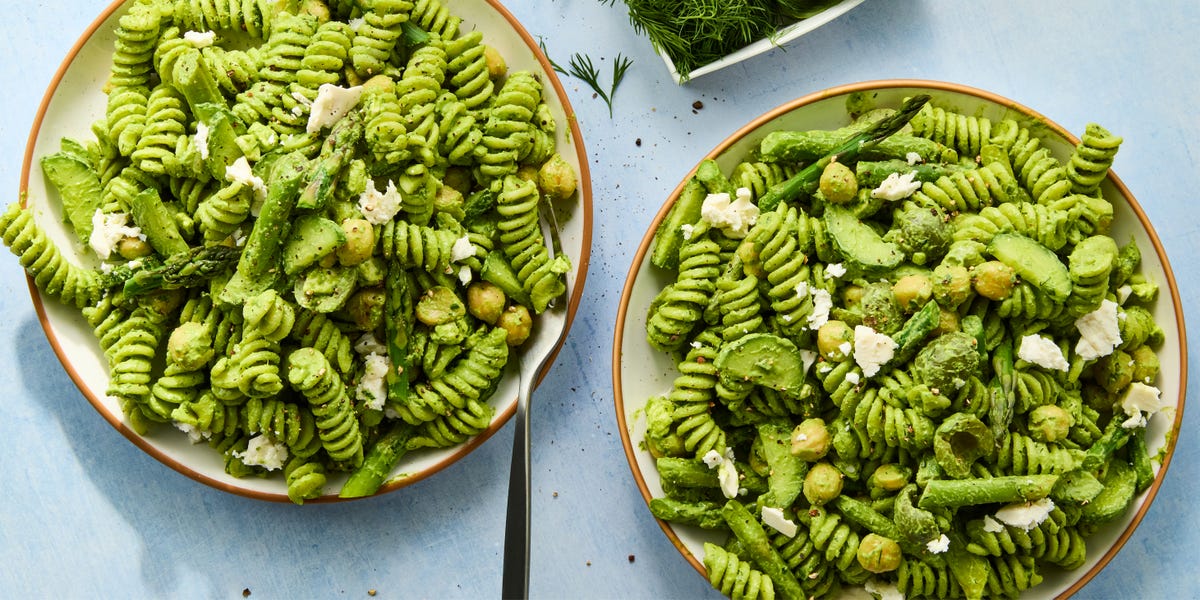

Leave a Reply